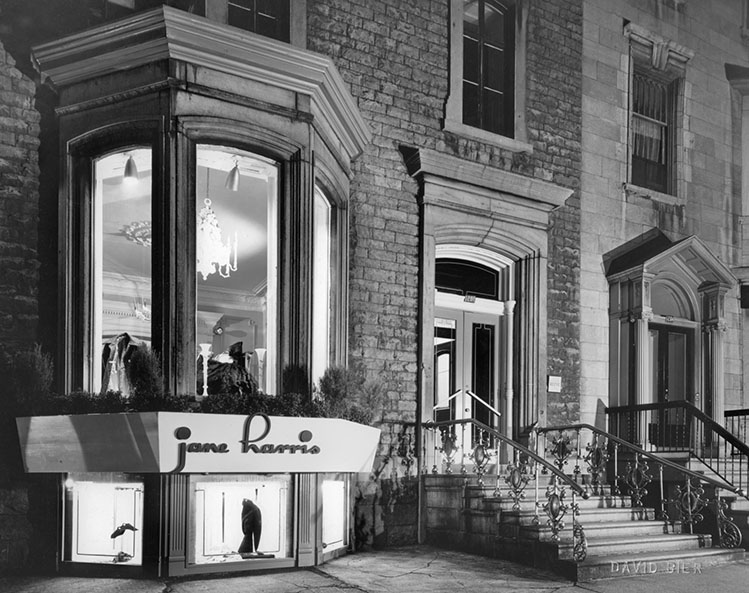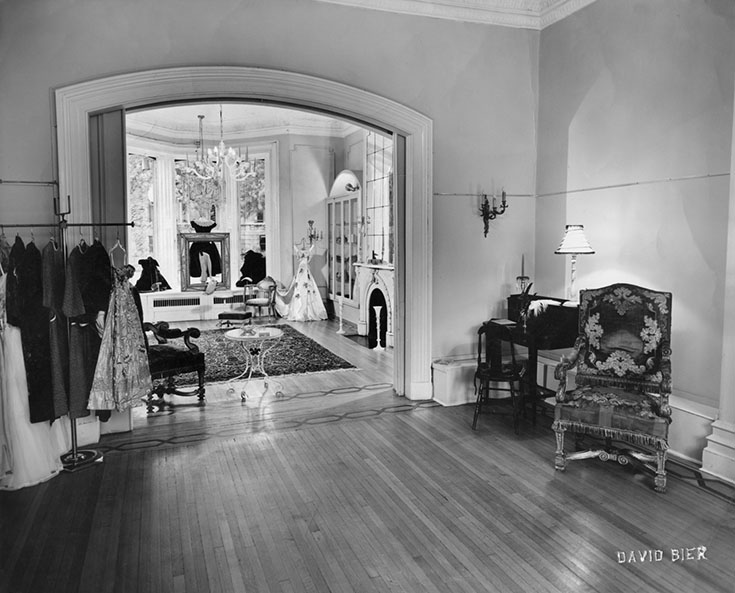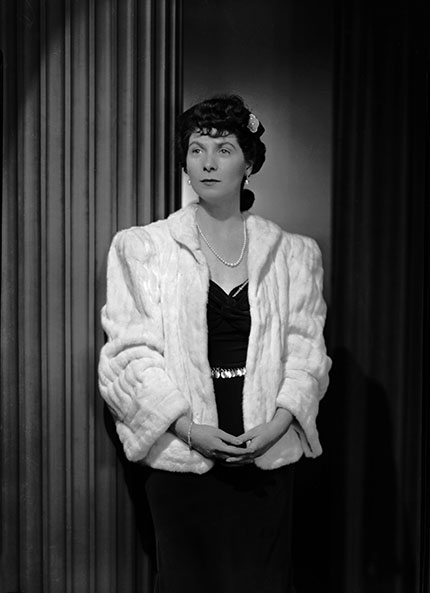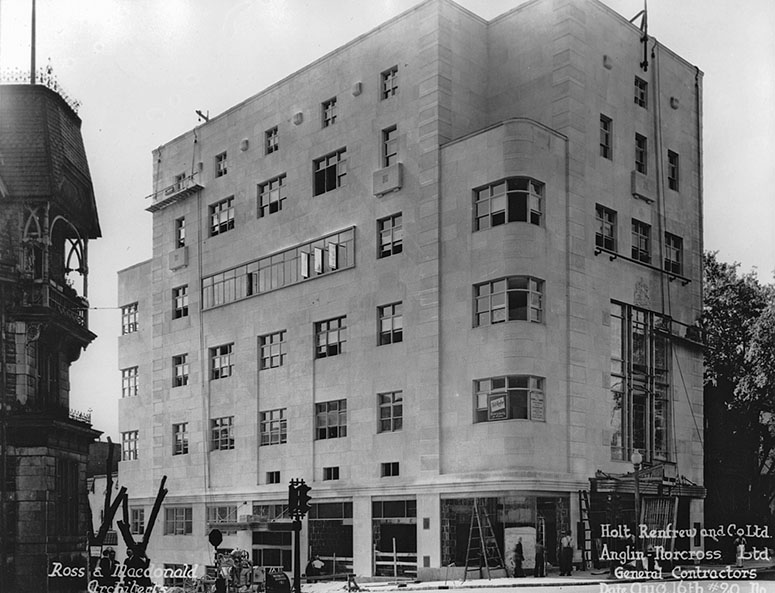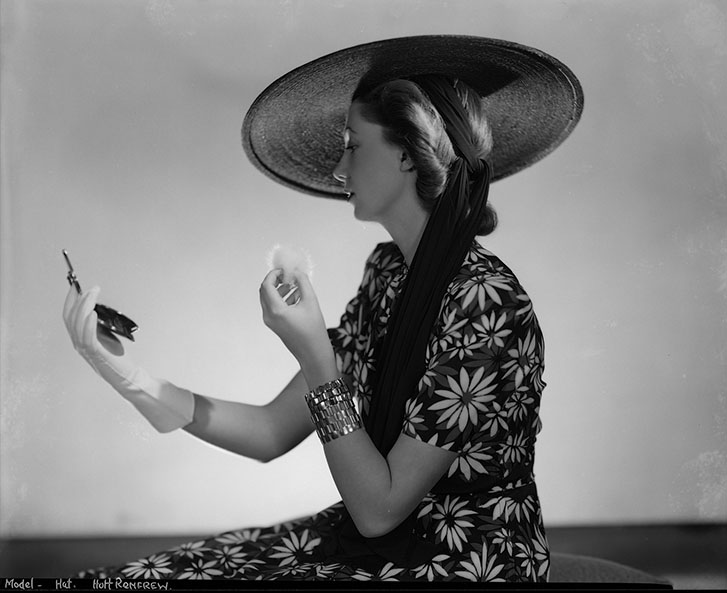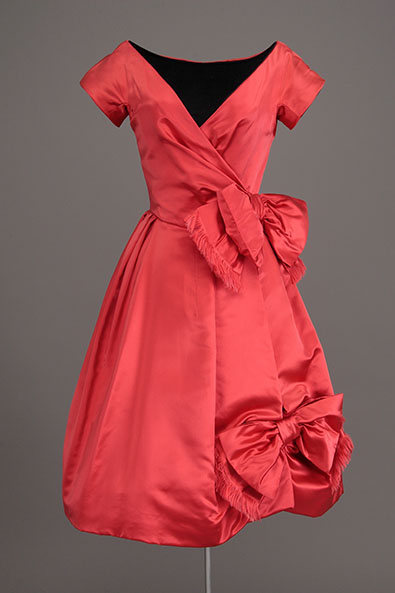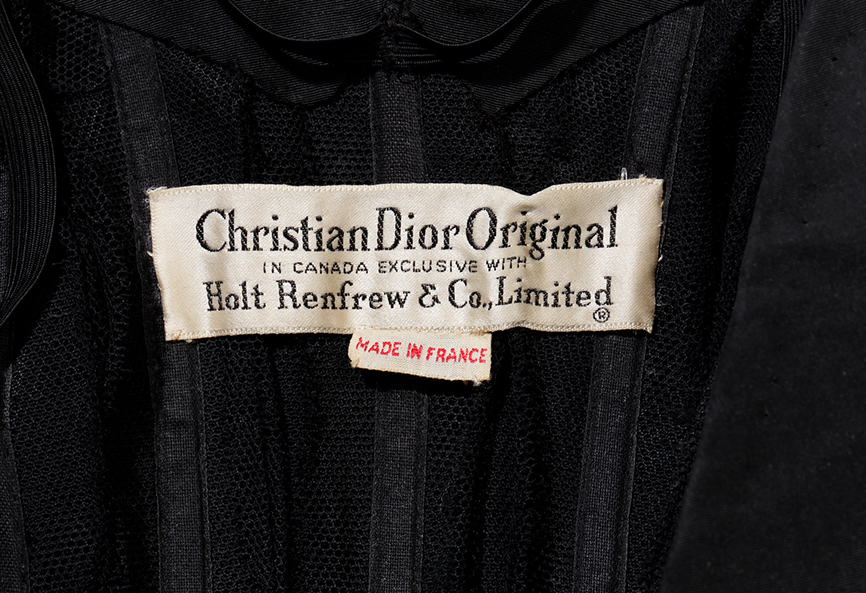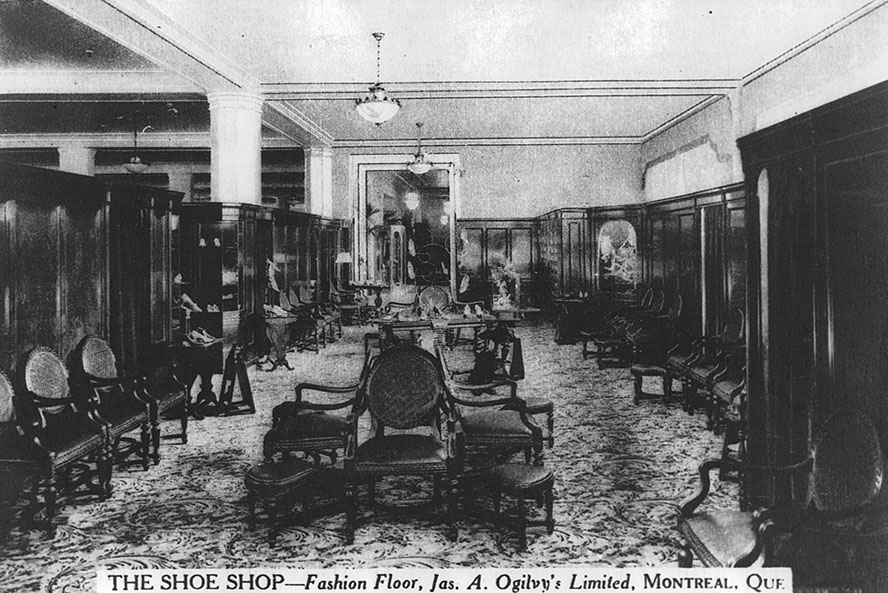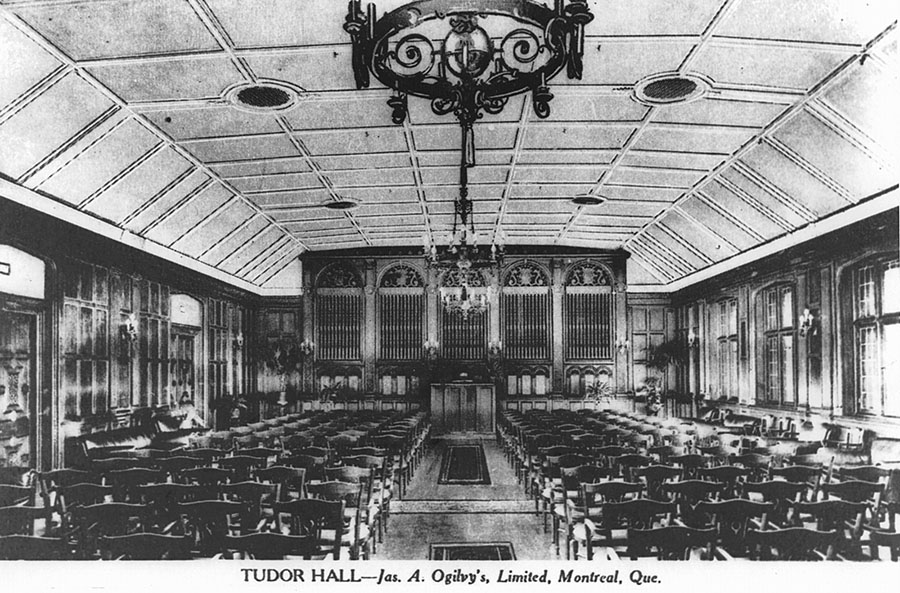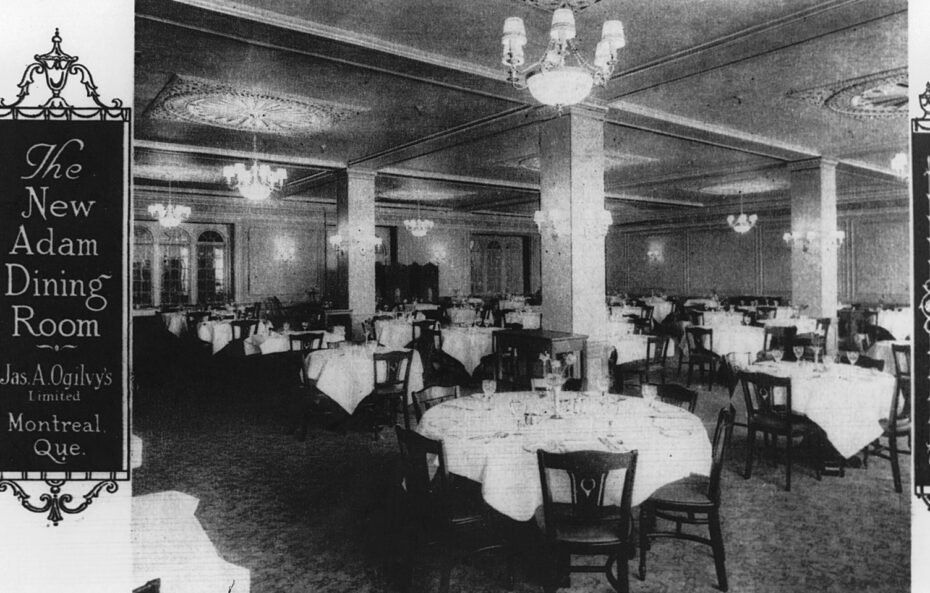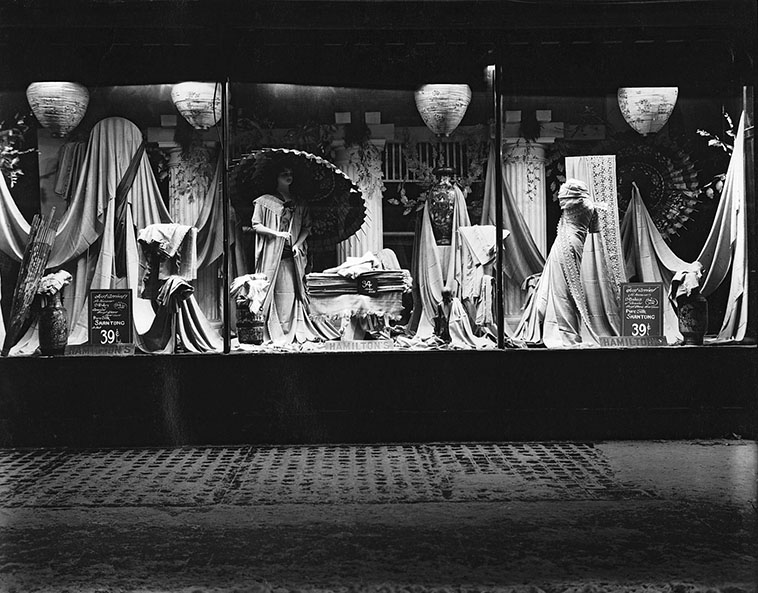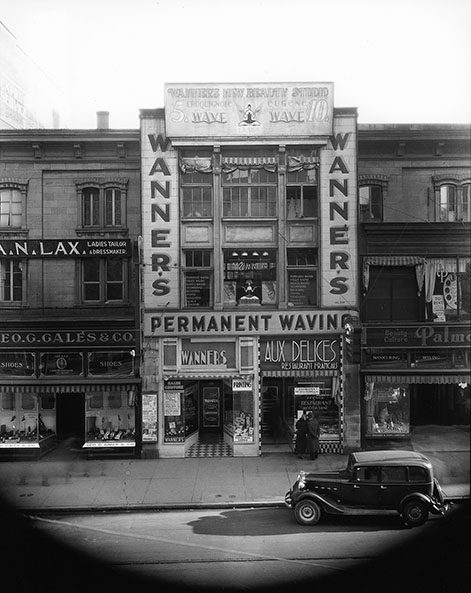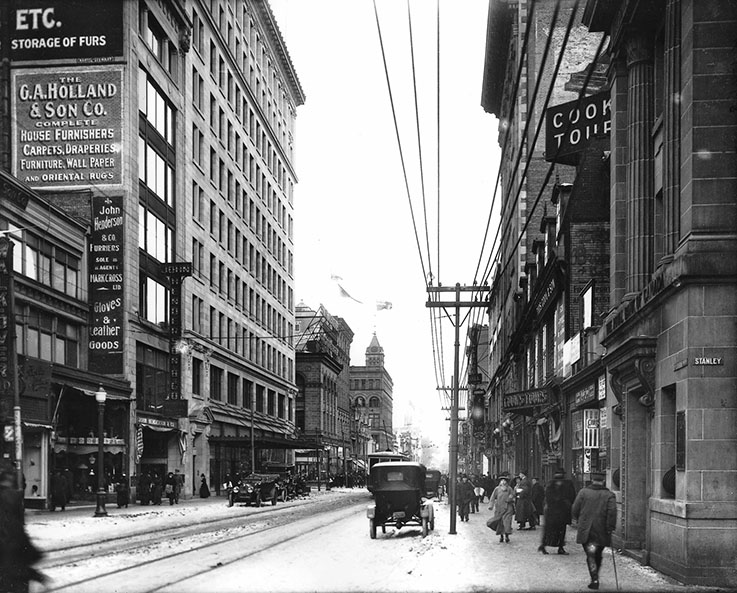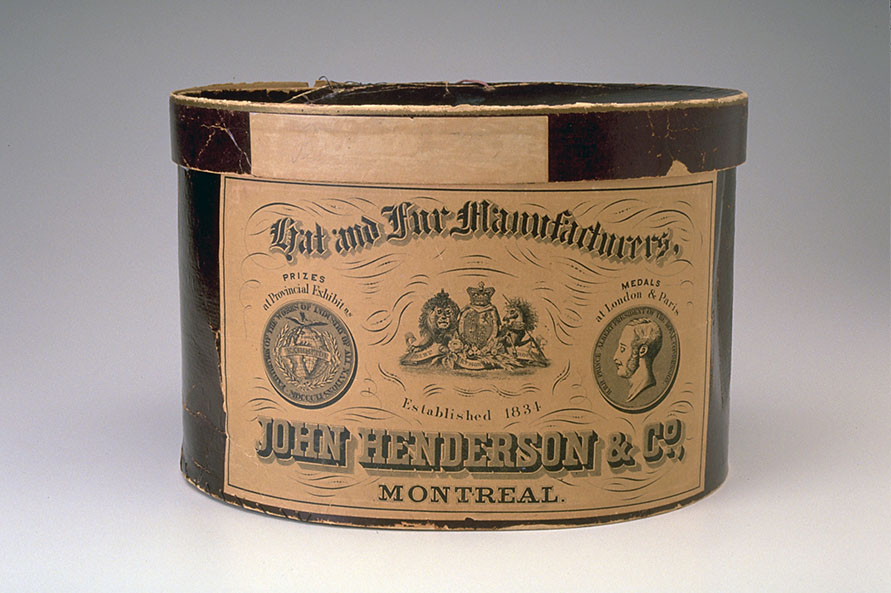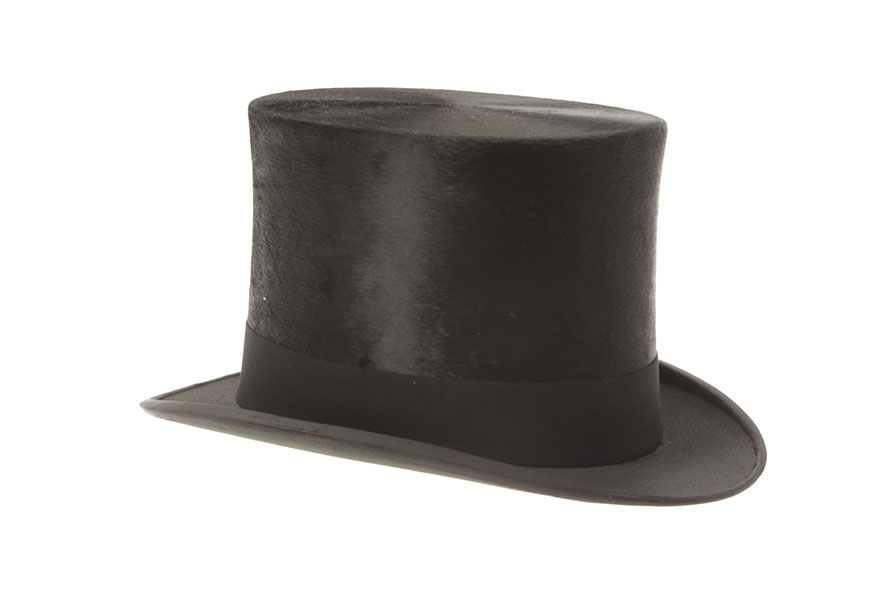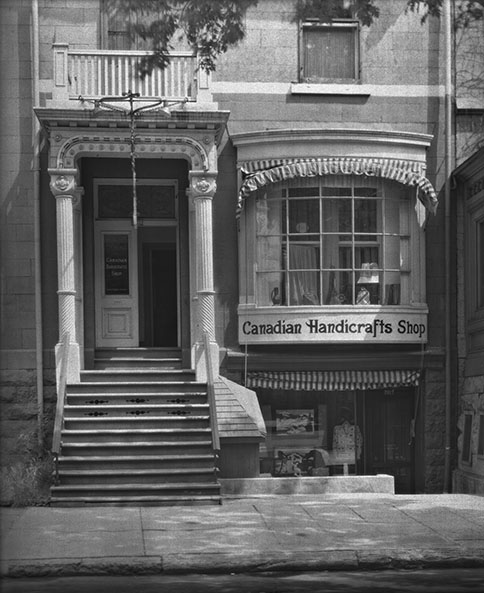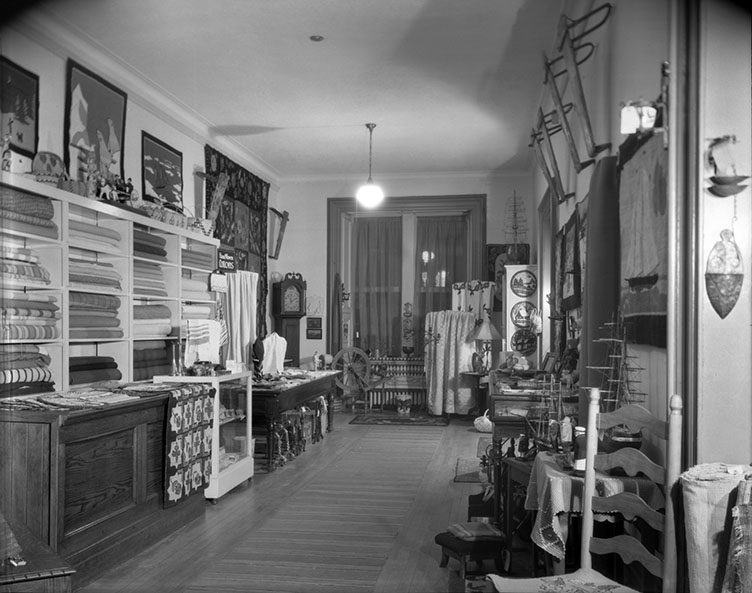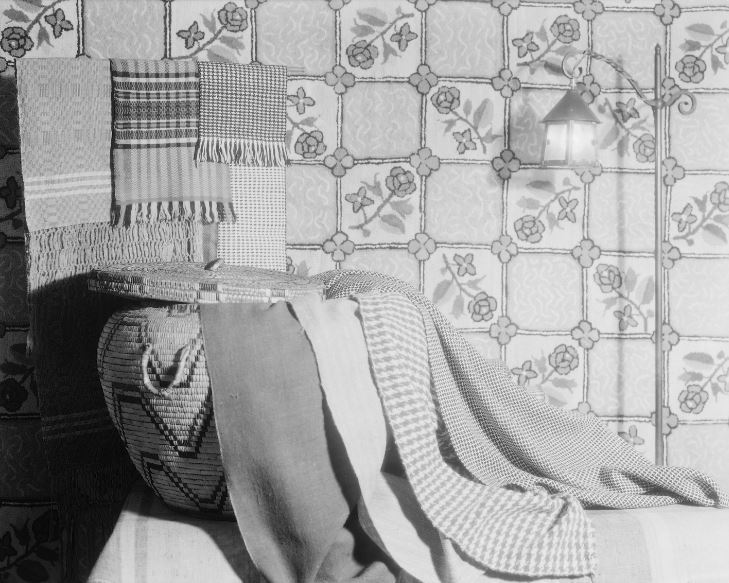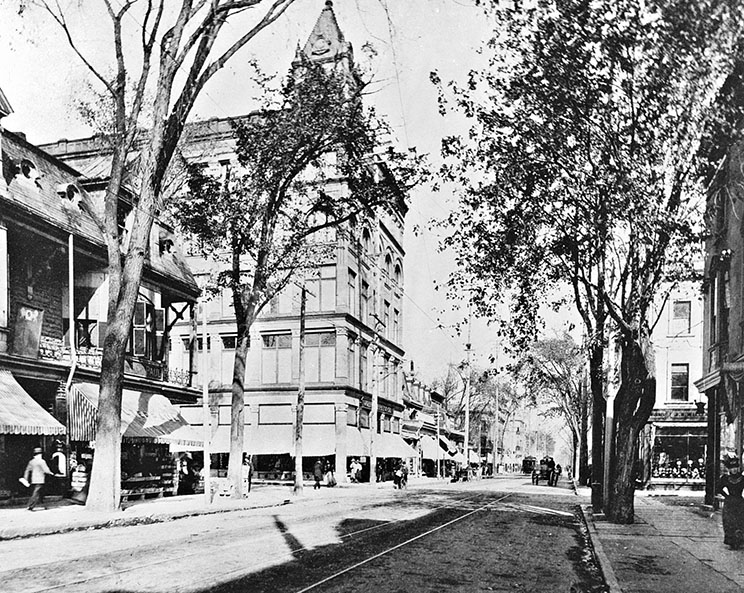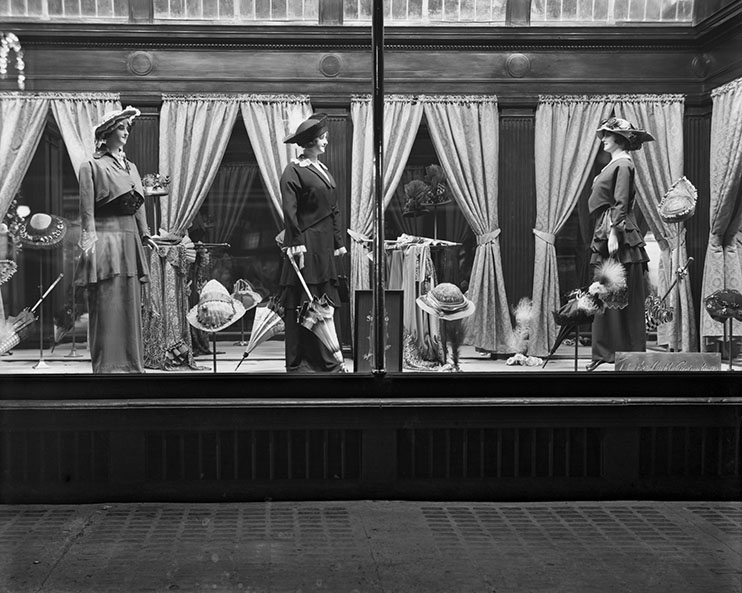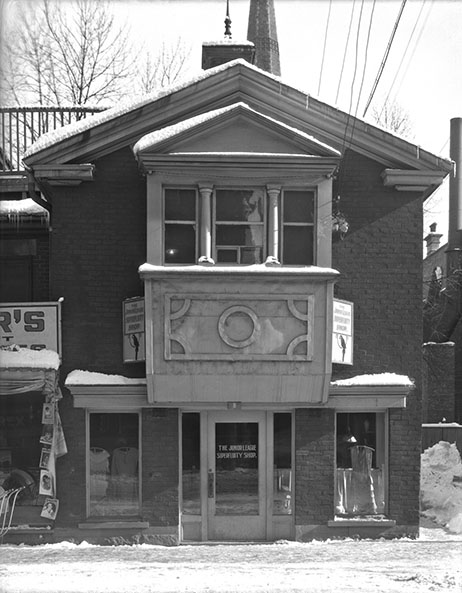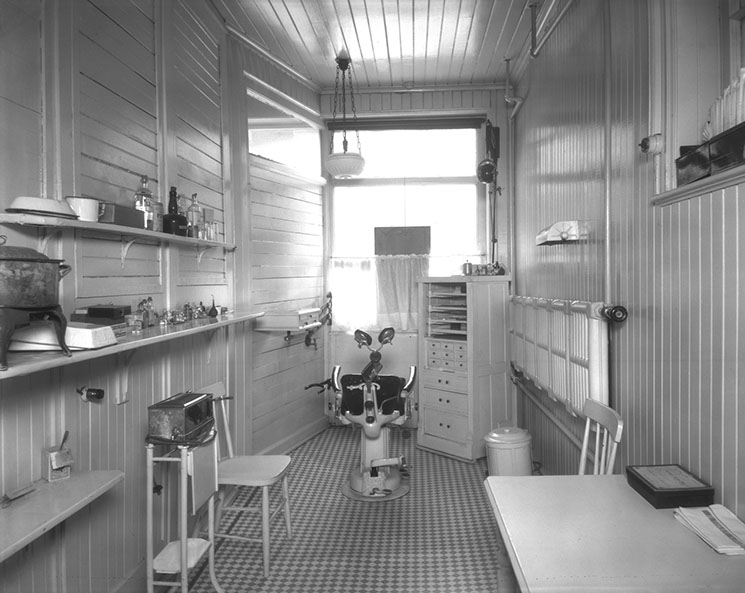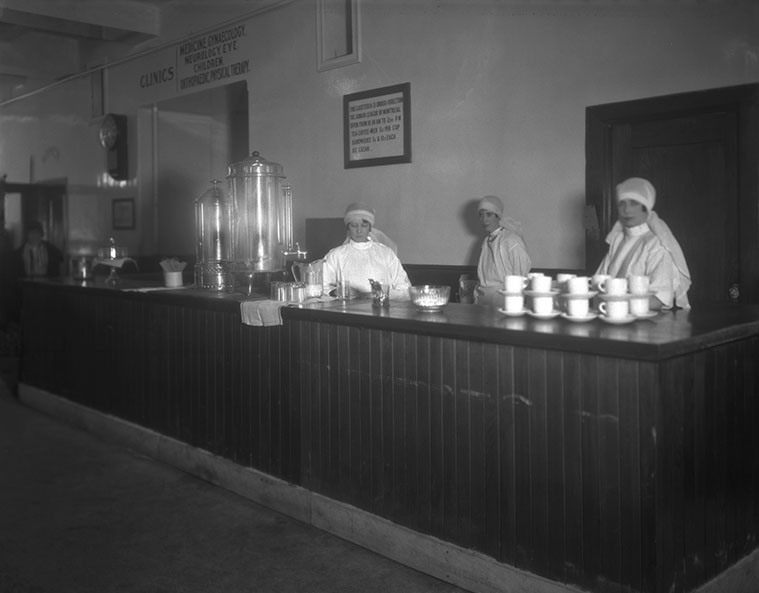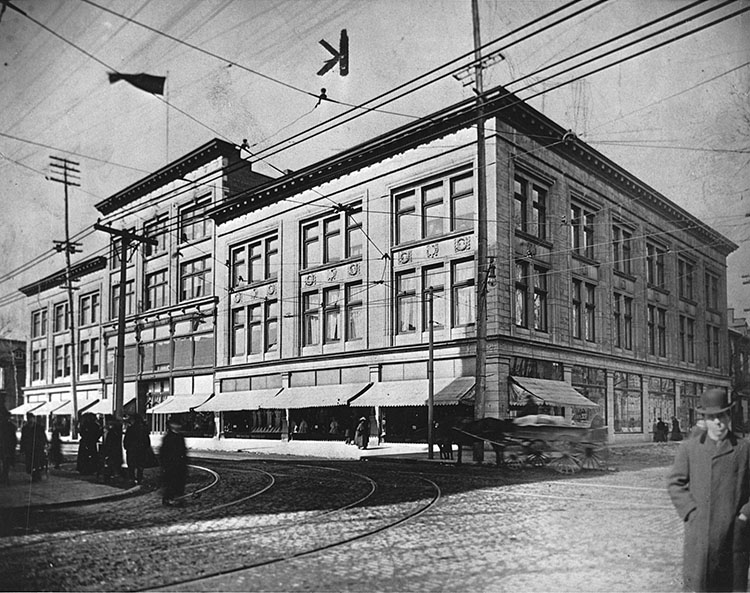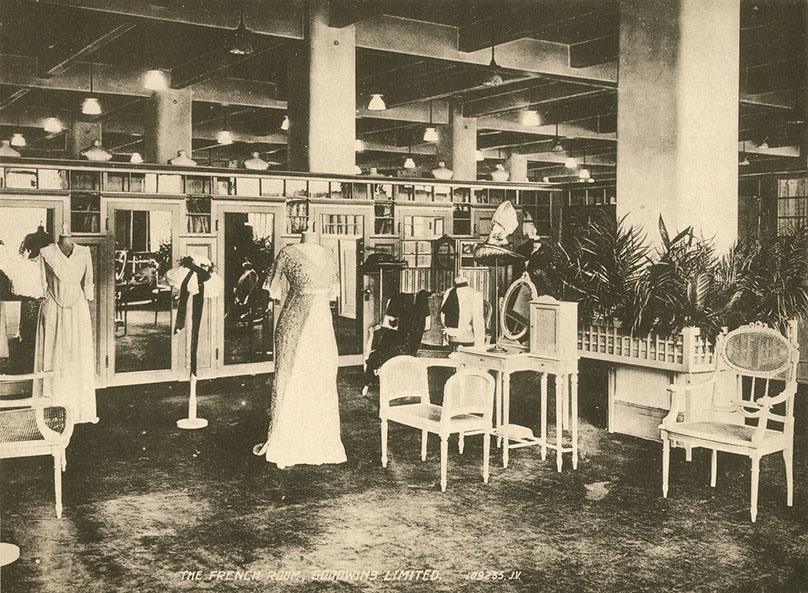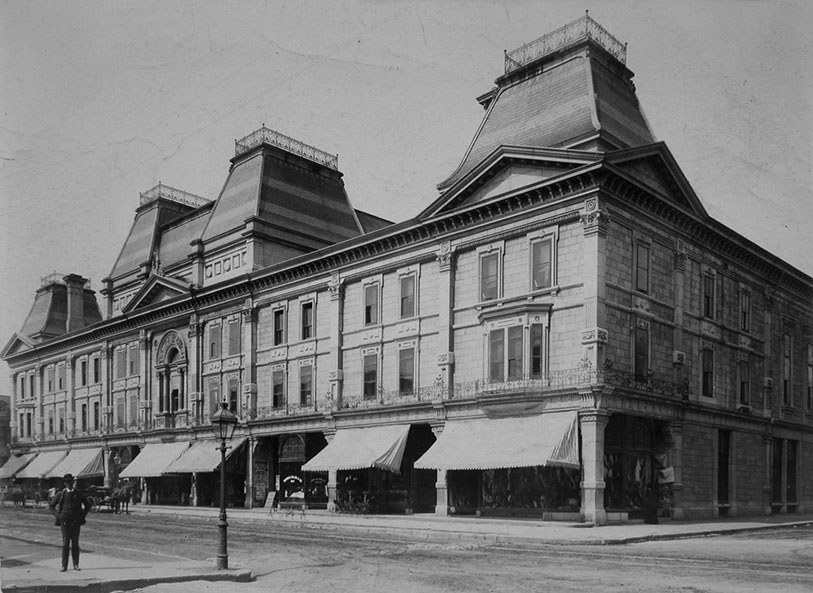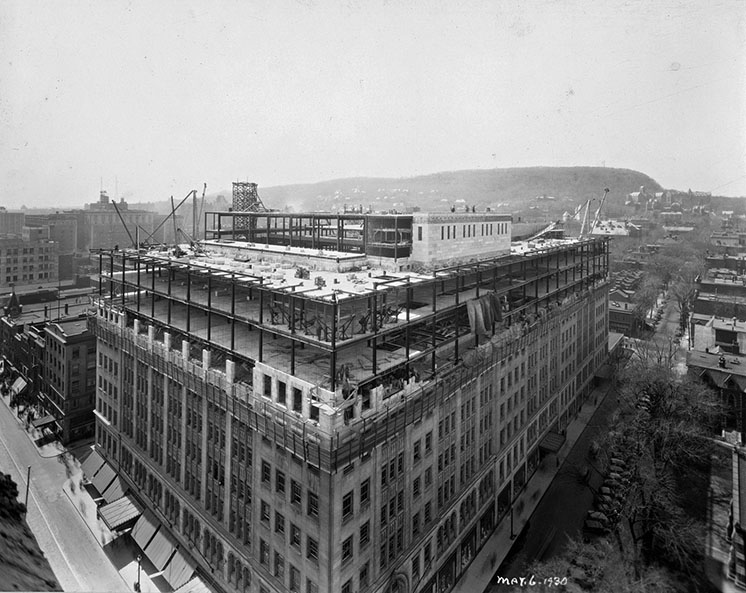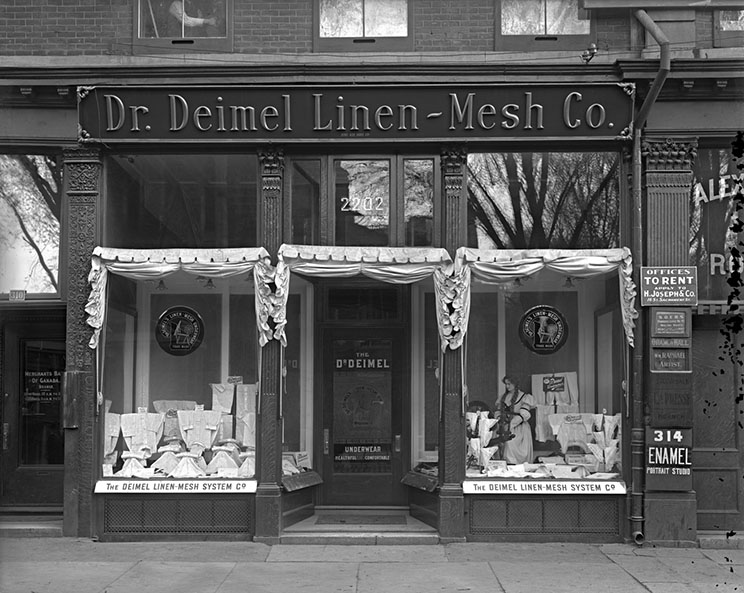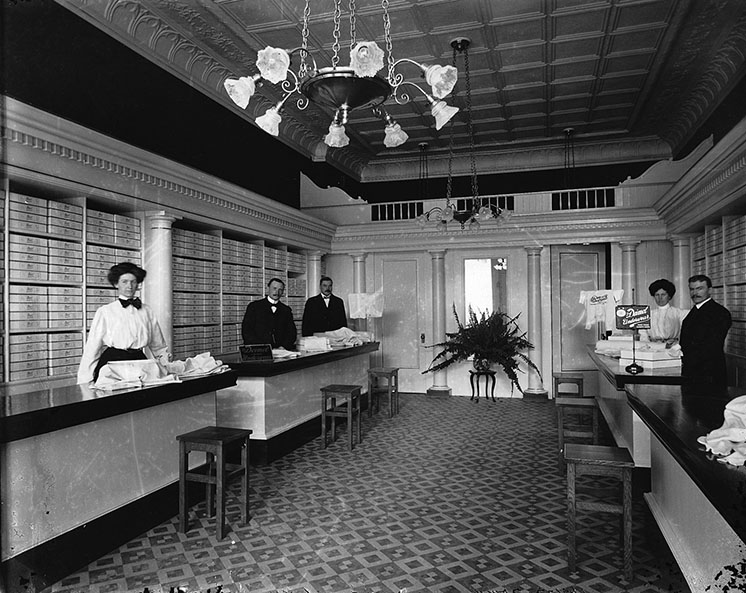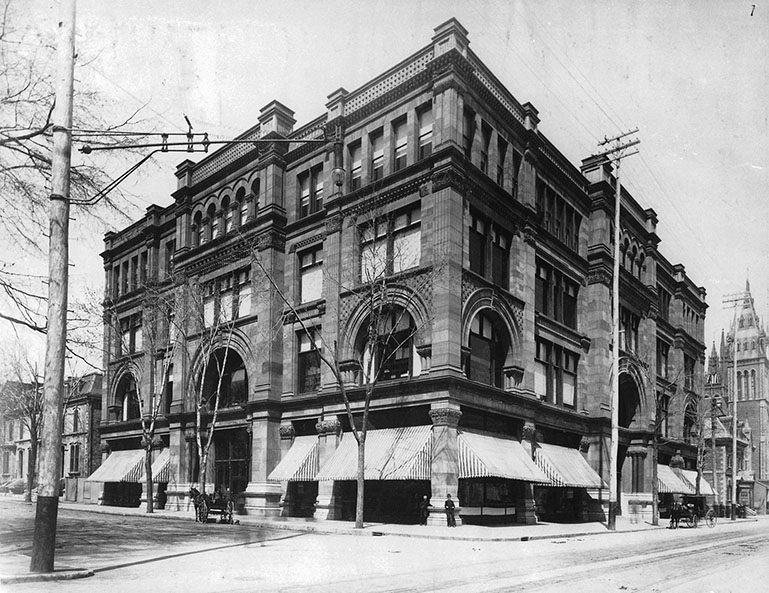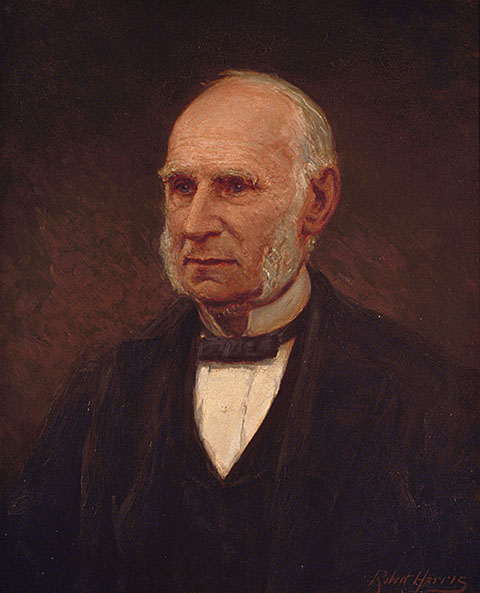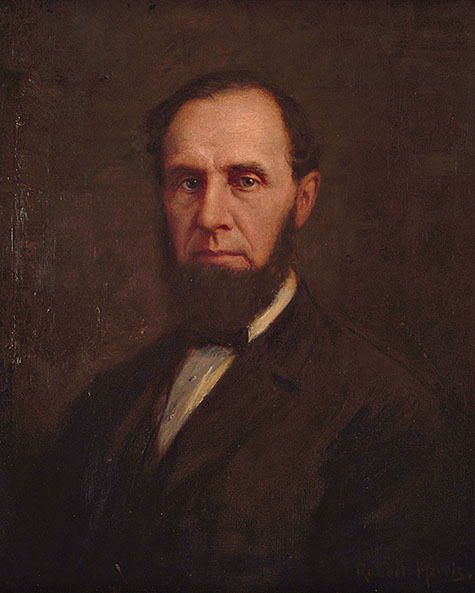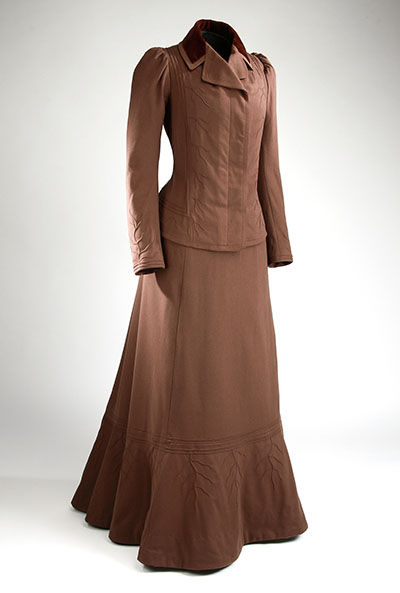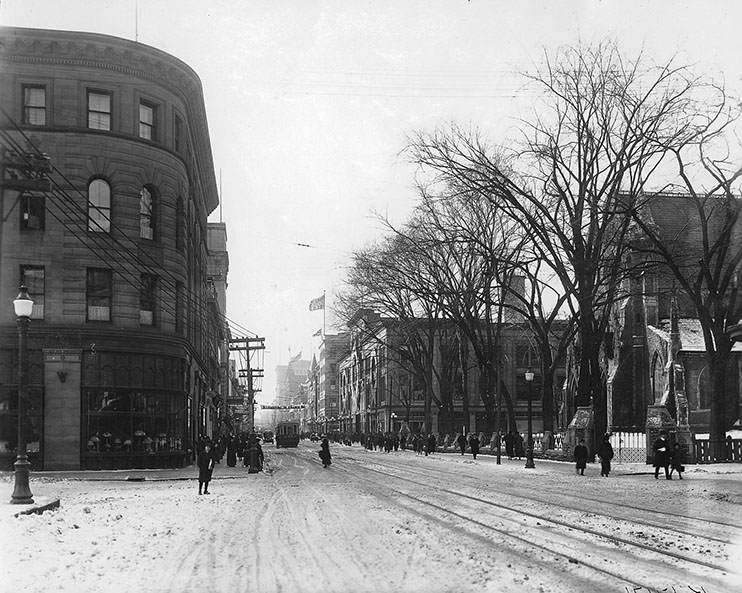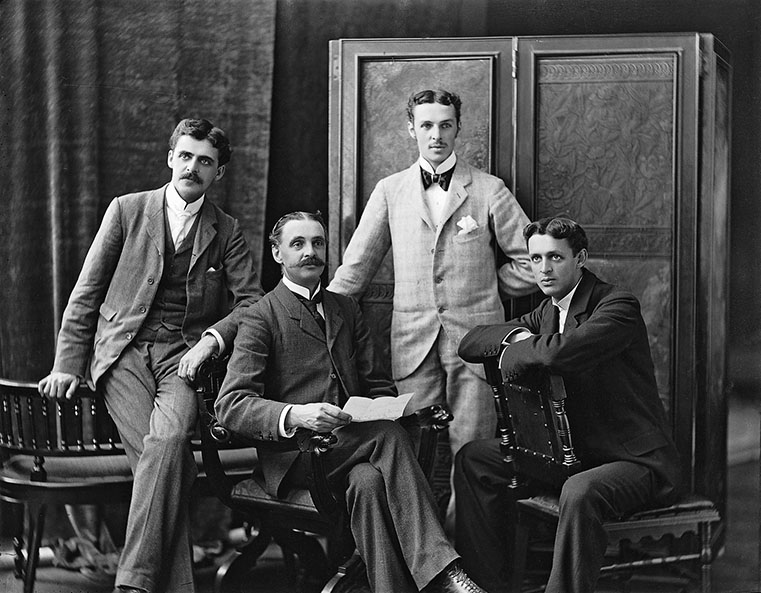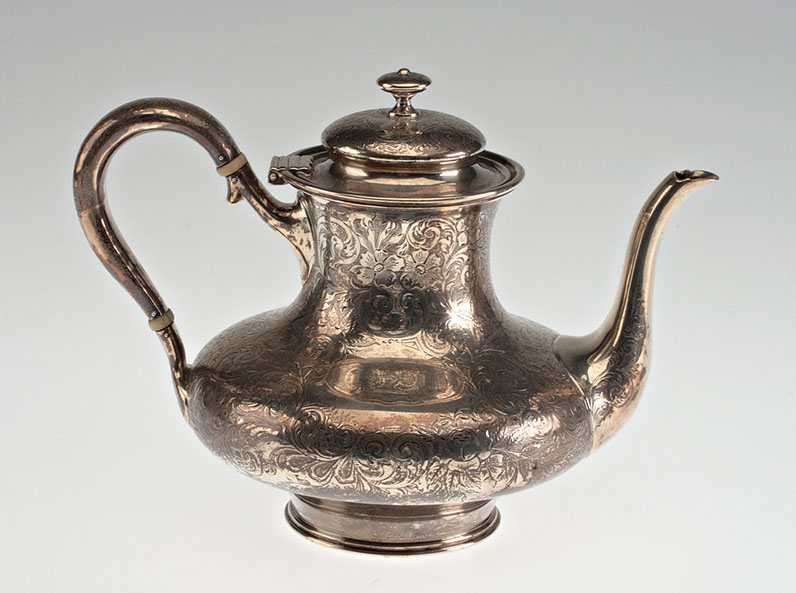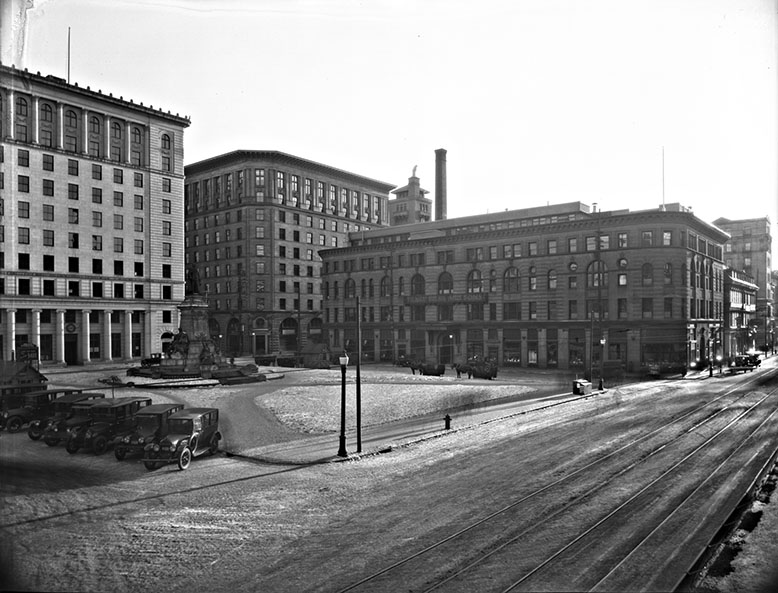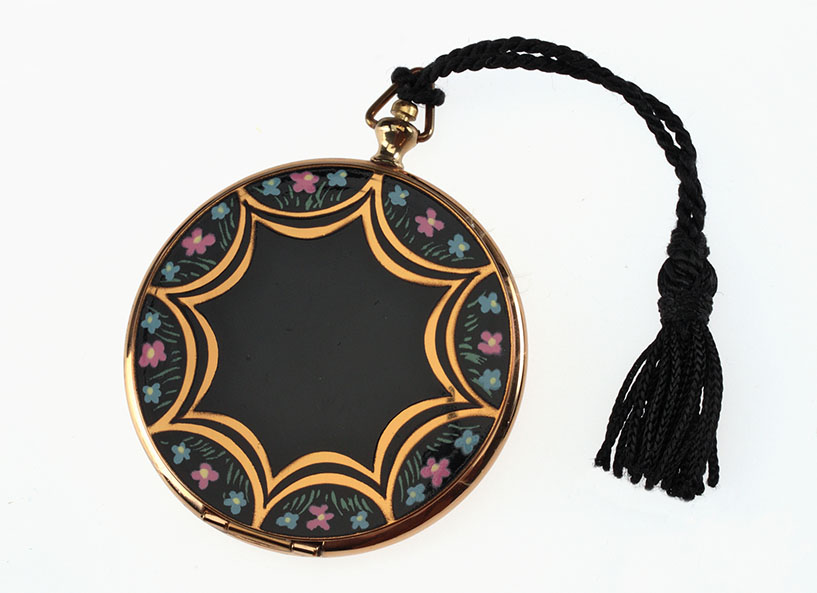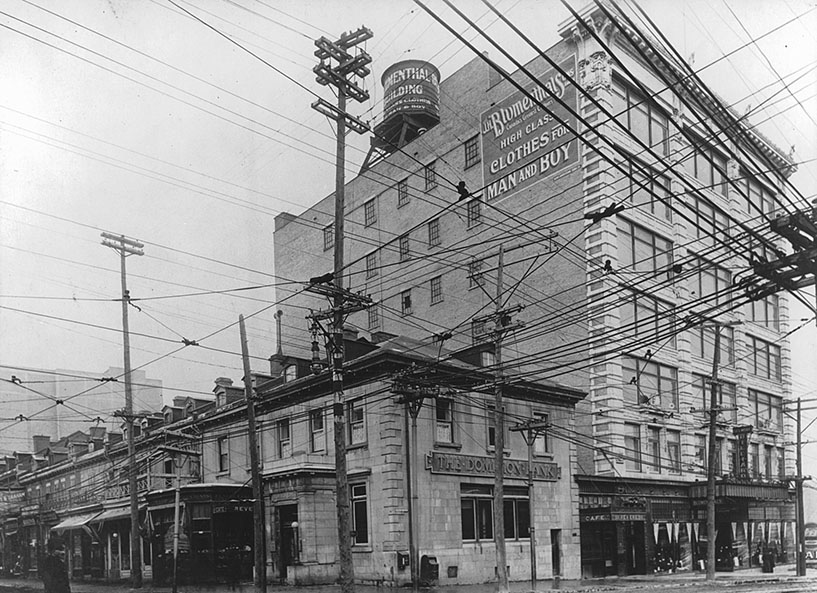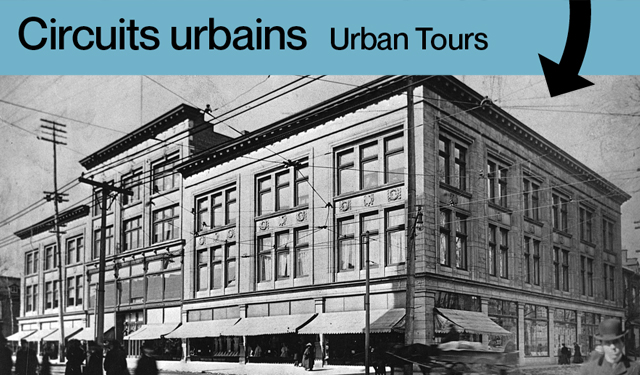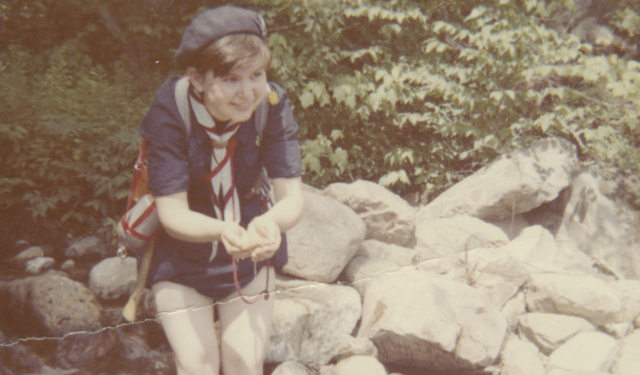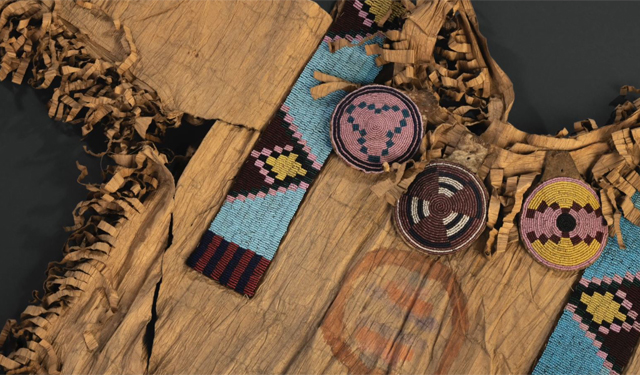Shopping in the 19th and 20th centuries
History at your fingertips! The Urban Tours provide a fun way to learn more about the history of certain Montreal sites.
June 18, 2024
Take an exclusive outdoor tour thanks to historical images from the Museum’s collections.
Using your phone, explore the various tours and discover the history of many city sites and images that bear witness to the Montreal of the past.
The McCord Stewart Museum‘s Urban Tours offer a unique opportunity to discover the history of Montreal landmarks.
While St. Catherine Street is undergoing a makeover, the Shopping in the 19th and 20th Centuries tour invites you to relive the atmosphere of bygone Montreal through photographs, archives and objects from the McCord Stewart Museum’s collection that reflect fashions of the past.
1. JANNE HARRIS SALON
Jane Harris and her eight-year old daughter arrived in Montreal in June 1940, wartime evacuees from London, England. By 1941, she had opened her salon, from which she sold fashions imported from Britain. Jane Harris also designed her own collections and produced fashion shows.
These photographs show Jane’s second salon, located at 1200 Sherbrooke Street West. Her first location was at 1324 Sherbrooke Street West, near Holt Renfrew.
2. HOLT RENFREW & CO. STORE
Holt Renfrew opened in this Art Deco style building in 1937, the year of its 100th anniversary. Established in Quebec City by Irish-born merchant W. S. Henderson, the firm first specialized only in furs. By the time this store opened, the company was well known for its high-end fashion clothing imported from London and Paris.
Alvin J. Walker, initially Holt’s managing director and later president, was largely responsible for building relationships with Parisian couture houses over his 35‑year career with the store.
3. OGILVY STORE
James Angus Ogilvy, from Kirriemuir, Scotland, founded a small linen shop at the corner of Mountain and Bonaventure Streets in 1866. After four moves, the growing business settled into a four-storey department store on the present site in 1912. Ogilvy’s son David, an architect, designed the building.
These photographs were taken after the store was remodelled by the new president of the company, Arthur James Nesbitt.
During the renovations to the store, completed in 1929, a fifth floor was added. It included a 300 seat oak-panelled auditorium, complete with pipe organ. Ogilvy’s presented organ recitals, musical performances, lectures, children’s puppet shows, and many other events to the public in Tudor Hall.
4. HAMILTON STORE
In the 1920s, storefront windows were designed, as they are today, to attract and intrigue passers-by. In its promotion of shantung silk from China, Hamilton’s highlighted the exoticism of the product by devoting a window of its elegant store to this display of Chinese and Japanese inspiration. Products may change, but not the tricks of the trade.
5. WANNER’S BEAUTY STUDIO
Max Eugene Wanner, a 28-year-old Swiss-born hairdresser, immigrated to Montreal in October 1925. This photograph shows Wanner’s Beauty Studio in about 1934. Max Wanner’s successful family business would be located at this address on St. Catherine Street for many more decades to come.
6. JOHN HENDERSON & CO. STORE
Looking up today, you can still see the fading remains of painted advertisements for the businesses that served earlier generations of shoppers on this block of St. Catherine Street. On the left can be seen John Henderson & Company, first established as a hatter and furrier in 1834. The company was located on this block for almost three decades from about 1912 to 1941.
This top hat was purchased from John Henderson & Co. in about 1900.
7. CANADIAN HANDICRAFT SHOP
The Canadian Handicrafts Guild was formed in 1906, with the goal of preserving and reviving traditional knowledge and techniques in arts and crafts in Canada. In 1933, the Guild rented this building at 2019 Peel Street for their Canadian Handicrafts Shop, as well as their offices, library, and weaving school. The Guild later expanded into two neighbouring row houses.
8. JOHN MURPHY’S STORE
The large building at left is John Murphy’s department store, bought by Robert Simpson Co. in 1905. It was demolished in 1929 and a new 10-storey Simpsons building erected.
9. JUNIOR LEAGUE SUPERFLUITY SHOP
The Junior League of Montreal, a charitable women’s organization, opened their Superfluity Shop in September 1926. Staffed by members of the Junior League, it was open five and a half days a week, selling used clothing, children’s toys and household goods. The profits from this thrift shop helped finance the League’s welfare activities serving underprivileged children and adults, which included their children’s summer camp in Saint Sauveur, and dental clinic in Griffintown.
10. GOODWIN’S DEPARTMENT STORE
This block of St. Catherine Street has a very busy commercial history. In the 1880s and 1890s, it housed a concert hall that seated up to 1159 people so it was known as Queen’s Hall Block. G. A. Brouillet’s “fancy and staple dry goods” first rented the space at 1301 Sainte Catherine (on the right corner of the building). W. H. Scroggie took over and gradually expanded Brouillet’s dry goods business. In 1899, this building partially collapsed, and was demolished.
Another building was constructed, housing first Scroggie’s, then in quick succession Carsley’s, and Rea’s department stores, before becoming Goodwin’s. The building was an engineering marvel. Supported by steel framework, its floors were spacious. Electricity provided the lighting and powered elevators and escalators. Pneumatic tubes carried messages and payments between departments.
In 1925, the T. Eaton Company purchased Goodwin’s department store, and over a two-year period, renovated the façade and expanded the building to six storeys, with the work done in sections in order to keep the store open to customers. This last photograph shows the further construction of the top floors of the building, including the 9th floor restaurant in 1930.
Ivanhoé Cambridge acquired the building in 1999.
11. DR. DEIMEL LINEN-MESH COMPANY’S STORE
In 1894 Dr. Henry Deimel took out a United States patent on the process for producing a linen fabric called “linen-mesh,” which he used to make underwear. According to him, the material allowed the skin to breathe better than wool. The Dr. Deimel Linen-Mesh Company distributed its products through a chain of specialty shops and department stores. The shop on St. Catherine Street opened in 1901.
12. HENRY MORGAN STORE
Henry Morgan & Company moved their department store known as “Colonial House” from St. James Street uptown to their new building in 1891.
Morgan’s was an outstanding example of a building specially designed as a department store. At first, the fourth floor was devoted to the Morgan Factories, where clothing, draperies and furniture were made. By 1900, the successful firm had to relocate their factories to make more space for retail sales. Luxury retail establishments like Morgan’s opened around Phillips Square.
Born in Scotland in 1819, Henry Morgan emigrated to Canada to work in the dry goods business in 1844. Along with his brother James, he founded Henry Morgan & Company in the early 1850s.
13. BIRKS STORE
When it first opened, the Birks building covered only 56 feet (17 metres) of frontage, a fraction of the Phillips Square building seen today. In 1902, it was doubled in size, and another addition in 1906 brought it to 200 feet (61 metres).
By 1912, the building housed the Birks store, factory, and offices, as well as rented office space for other companies such as the William Notman & Son photographic studio. Birks then built a new annex, known as the “New Birks Building,” on the southwest corner of Cathcart and Union, advertising it as the “first high class office building up-town.” A variety of companies rented office space in this building, easing pressure on the original location.
14. J. H. BLUMENTHAL SONS LIMITED STORE
The building housing the J. H. Blumenthal Sons Limited store was completed in 1911. Jacob Henry Blumenthal was born in Poland, and emigrated to the U.S. before settling in Montreal with his family around 1867. Blumenthal developed a successful merchant tailoring business, which at one time had several branch locations. His sons Israel and Robert Hyman continued the business after their father’s death in 1903.

